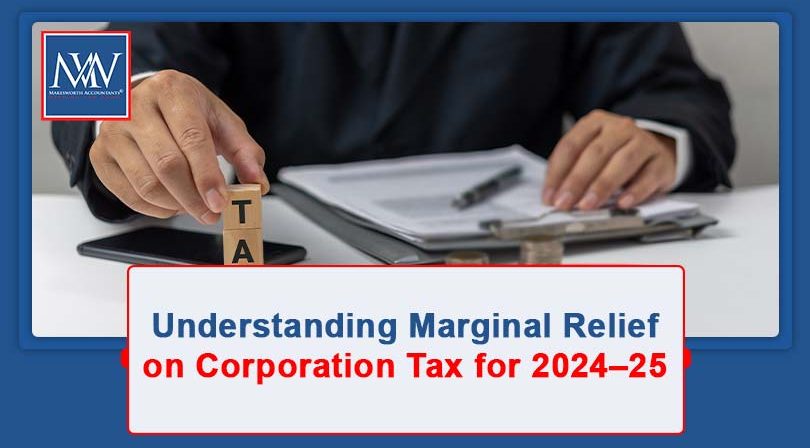
Understanding Marginal Relief on Corporation Tax for 2024–25
Overview
The rate of corporation tax a company pays depends on the level of its taxable profits. For the financial years 2024 and 2025, companies with lower profits benefit from a reduced rate, while those with higher profits pay the main rate.
To ensure a smooth transition between the two rates, marginal relief is applied to companies with profits falling between the lower and upper profit limits. This provides a gradual increase in the effective tax rate, rather than a sudden jump.
Corporation Tax Rates and Profit Limits
-
Small profits rate: 19% – applies to companies with profits up to £50,000
-
Main rate: 25% – applies to companies with profits above £250,000
-
Marginal relief: applies to profits between £50,000 and £250,000
If a company has one or more associated companies, these limits are divided by the total number of associated companies plus one.
For example, if a company has one associated company, the limits become:
-
Lower limit: £25,000
-
Upper limit: £125,000
These limits are also reduced proportionally if the accounting period is shorter than 12 months.
How Marginal Relief Works
Marginal relief effectively reduces the amount of corporation tax payable by companies whose profits fall between the lower and upper limits.
It is calculated using the following formula:
F × (U – A) × N / A
Where:
-
F = Marginal relief fraction (3/200 for both 2024 and 2025)
-
U = Upper profits limit (£250,000)
-
A = Augmented profits
-
N = Taxable profits
Understanding Augmented Profits
Augmented profits are the company’s taxable profits plus any qualifying exempt distributions received. These include:
-
Dividends and distributions of assets
-
Amounts treated as distributions when assets or liabilities are transferred
-
Bonus issues following a repayment of share capital
However, some distributions are excluded—for example, those received from a 51% subsidiary or from certain related trading companies.
If there are no qualifying exempt distributions, the augmented profits are the same as the taxable profits, and the formula simplifies to:
F × (U – A)
Quick Tip: Use HMRC’s Online Calculator
To simplify the process, HMRC provides an easy-to-use Marginal Relief Calculator available at:
👉 www.tax.service.gov.uk/marginal-relief-calculator
Example: How to Calculate Marginal Relief
A Ltd prepares accounts to 31 March each year.
For the year ending 31 March 2025, the company reports taxable profits of £80,000 and receives no qualifying exempt distributions.
Step 1: Identify values
-
F = 3/200
-
U = £250,000
-
A = £80,000
-
N = £80,000
Step 2: Apply the formula
3/200 × (250,000 – 80,000) × 80,000 / 80,000 = £2,550
Step 3: Calculate tax due
-
Corporation tax at 25%: £80,000 × 25% = £20,000
-
Less marginal relief: £2,550
-
Final corporation tax payable: £17,450
Effective tax rate: 21.81%
Conclusion
Marginal relief helps bridge the gap between the small profits and main corporation tax rates, ensuring companies with moderate profits pay a fair and proportionate amount.
By understanding the formula—or using HMRC’s calculator—businesses can accurately estimate their corporation tax and plan ahead for smoother financial management.
For more information, Book a Free Consultation
Need Accountancy Support?
For information on bespoke training, or if you have any other questions for Makesworth Accountant, please fill in your details below








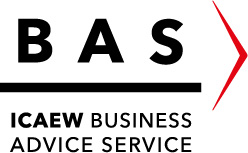

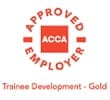
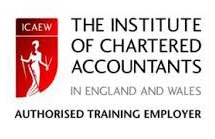

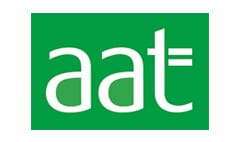


 151
151